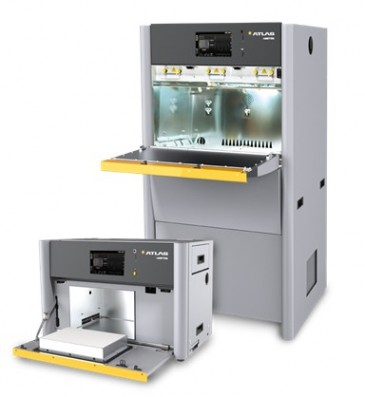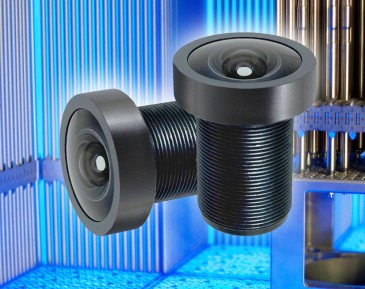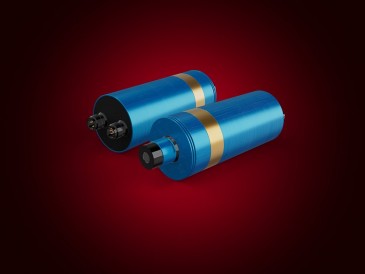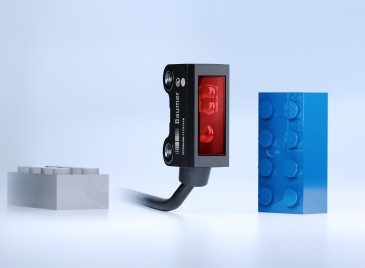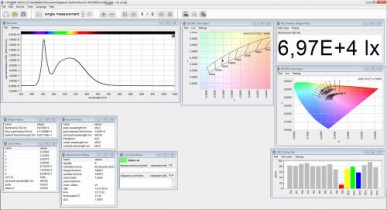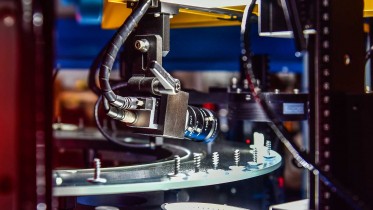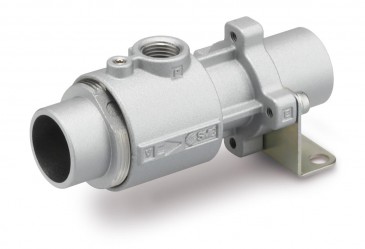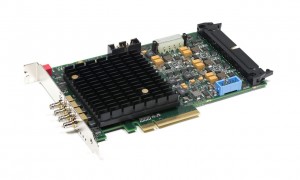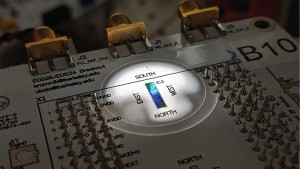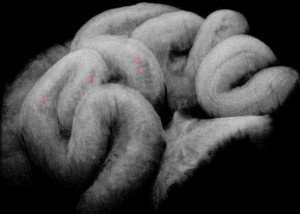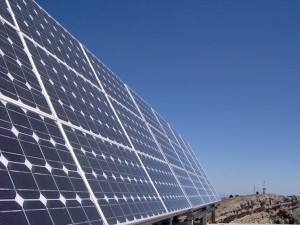
Solar power plants have become widely accepted in most parts of the world, however, one worry that some people have is that birds get killed by failing to navigate around the structures. In a 2016 study published by Argonne National Laboratory in Illinois (US), it was estimated that between 37,800 and 138,600 birds are killed each year at utility-scale solar power plants. While that’s a huge range, even the high end is no match compared to the numbers killed by tall buildings and moving vehicles. In any case, Argonne researchers have launched a project to quantify the effects on birds, the U.S. Department of Energy’s Argonne National Laboratory is working on a way to monitor avian interaction with photovoltaic infrastructure.
Argonne enlisted the help of a computer vision system from BoulderAI, which includes a deep neural network camera that uses artificial intelligence to monitor and make decisions about bird activity. The system performs three tasks: detecting moving objects near solar panels; identifying which of those objects are birds; and classifying the events (such as perching, flying through or colliding with solar panels). The researchers are using deep learning to build models, making it possible to "teach” computers how to spot birds and behaviors by training them on similar examples.
In an earlier Argonne project, researchers trained computers to distinguish drones flying in the sky overhead. The avian-solar interaction project will build on this capability, bringing in new complexities, noted Adam Szymanski, an Argonne software engineer, who developed the drone-detection model. The cameras at solar facilities will be angled toward panels rather than pointed upward, so there will be more complex backgrounds. For example, the system will need to tell the difference between birds and other moving objects in the field of view, such as clouds, insects or people.
Initially, the researchers will set up cameras at one or two solar energy sites, recording and analyzing video. Hours of video will need to be processed and classified by hand in order to train the computer model.
The setup
The Boulder AI DNNCam is a supercomputing camera designed for rugged environments. It has a computer on-board, making it possible to scan scenes, reduce the data, and then store or transmit the reduced, contextual data.
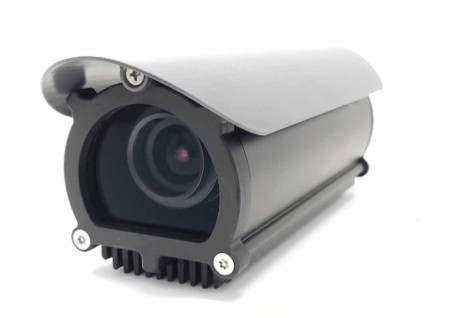
The onboard camera makes it possible to operate in a serverless environment. has an onboard computer, so the camera can operate in a serverless environment. The camera is a 4k, 12-bit, HDR, 60FPS, Sony StarVis IMX 334 8.3MP imaging sensor with a Theia TL410p motorized varifocal 4K lens. The camera is WIFI/Bluetooth/Ethernet capable.
Teaching birdstrikes
Birdstrikes are actually quite rare at solar plants, so to teach the camera how to determine what is a strike versus a bird flying by or perching, a bird strike could be taught to the system using an object, such as a toy bird. Once the model is trained, it will run internally within the cameras on a live video feed, classifying interactions on the fly.
Outcome
At the end of the project, Argonne will have developed a camera system that can detect, monitor and report bird activities around solar facilities. The system will also notify solar facility staff when collisions happen. The technology will then be ready for large-scale field trials at many solar facilities, said Hamada.
What’s next
During this three-year project, the team plans to collect video to generate training data and experiment camera. They expect to have presentable results in winter 2022 after a small-scale model evaluation in fall 2022. The resulting data could be used to detect patterns and begin answering key questions: Are certain types of birds more prone to strikes? Do collisions increase at certain times of the day or year? Does geographic location of the solar panels play a role in the types of interactions? Do solar energy facilities provide viable habitat for birds? The technological framework can also be used to monitor other wildlife by retraining AI with appropriate data.
Written by Anne Fischer, Editorial Director, Novus Light Technologies Today







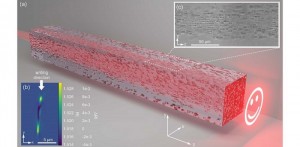
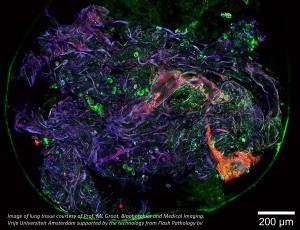

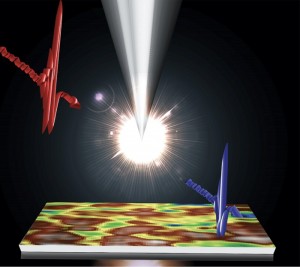

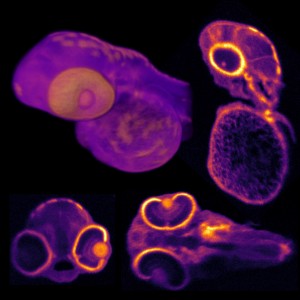



















 Back to Enlightening Applications
Back to Enlightening Applications